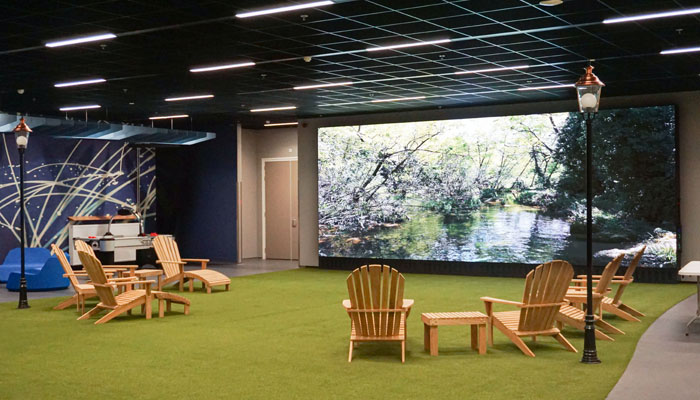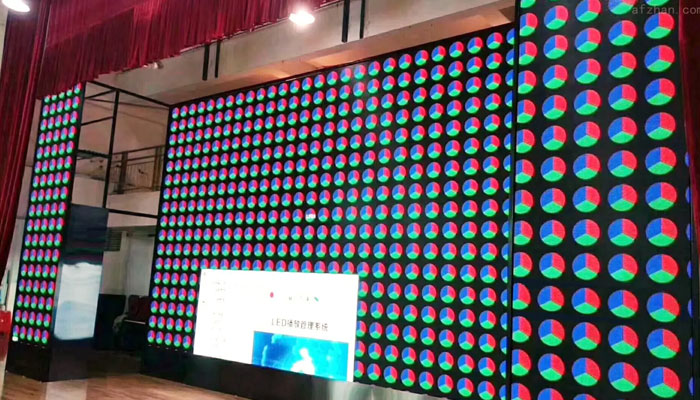With the development of science and technology, LED display is more and more known and used by people. Professional LED display not only has a wide range of applications in the commercial field but also penetrate into life, such as stage performances, indoor and outdoor advertisements, and urban bus stand and wait.
There are many brands and models of LED displays on the market, so that buyers are faced with a large amount of information and choices, and it is not easy to choose a suitable Indoor LED display. So how to choose the right LED display?

Indoor LED display
- Resolution
Resolution refers to the pixel density. Generally speaking, the higher the resolution of the Indoor LED display, the higher the definition of the picture, and it will look more delicate and real. If it is matched with a high-definition quality playback device, the effect will be better.
- Brightness
The brightness of the Indoor LED display is one of the important indicators to measure its quality. Generally speaking, the brightness is positively correlated with the cost, relatively speaking, the higher the brightness, the higher the price. Therefore, when purchasing an Indoor LED display, it is necessary to fully consider the actual needs and budget, and choose the brightness suitable for the required occasion.
- Contrast
Indoor LED display Similar to brightness, contrast is another metric to keep an eye on. Contrast refers to the ratio of black to white. The higher the contrast, the better the restoration of the picture, and the more thorough and beautiful the picture will look. The high-contrast LED display is suitable for large-scale occasions such as performances and exhibitions.
Outdoor Wall LED Display
- View angle
Indoor LED display The viewing angle refers to the maximum range from normal viewing on the screen to the clear picture. Generally speaking, the larger the angle, the more realistic and natural the visual space of the picture. As the angle increases, the brightness, contrast and other quality of the screen will also be affected, so you need to consider comprehensively according to the desired occasion when purchasing.
- Grayscale
Grayscale is also one of the important indicators to measure the quality of Indoor LED display, which reflects the performance of the screen when displaying grayscale colors. The higher the grayscale, the smoother the picture, and the more delicate and real it is. In addition, in the process of purchasing, it is also necessary to pay attention to the gray uniformity of the display screen to ensure color reproduction.
- Reliability
When choosing an Indoor LED display, reliability is also very important. A high-quality LED display should have the following characteristics: long-term stability, high reliability, good safety, strong maintainability, and easy dislocation repair.
- Brand and after-sales service
An excellent LED display brand should have a high degree of credibility and stability, a certain guarantee of product quality, and a relatively complete after-sales service system to ensure users’ purchase and use.
In short, to choose a good LED display, you need to comprehensively consider the above aspects, compare the manufacturer and product brand, cost performance, quality assurance, etc., and finally select the display that best meets your needs.




